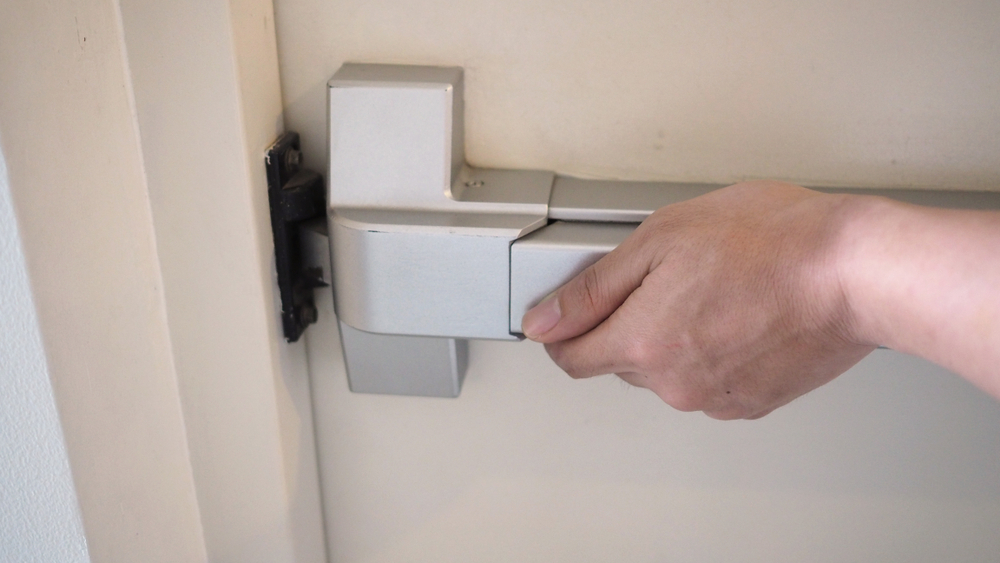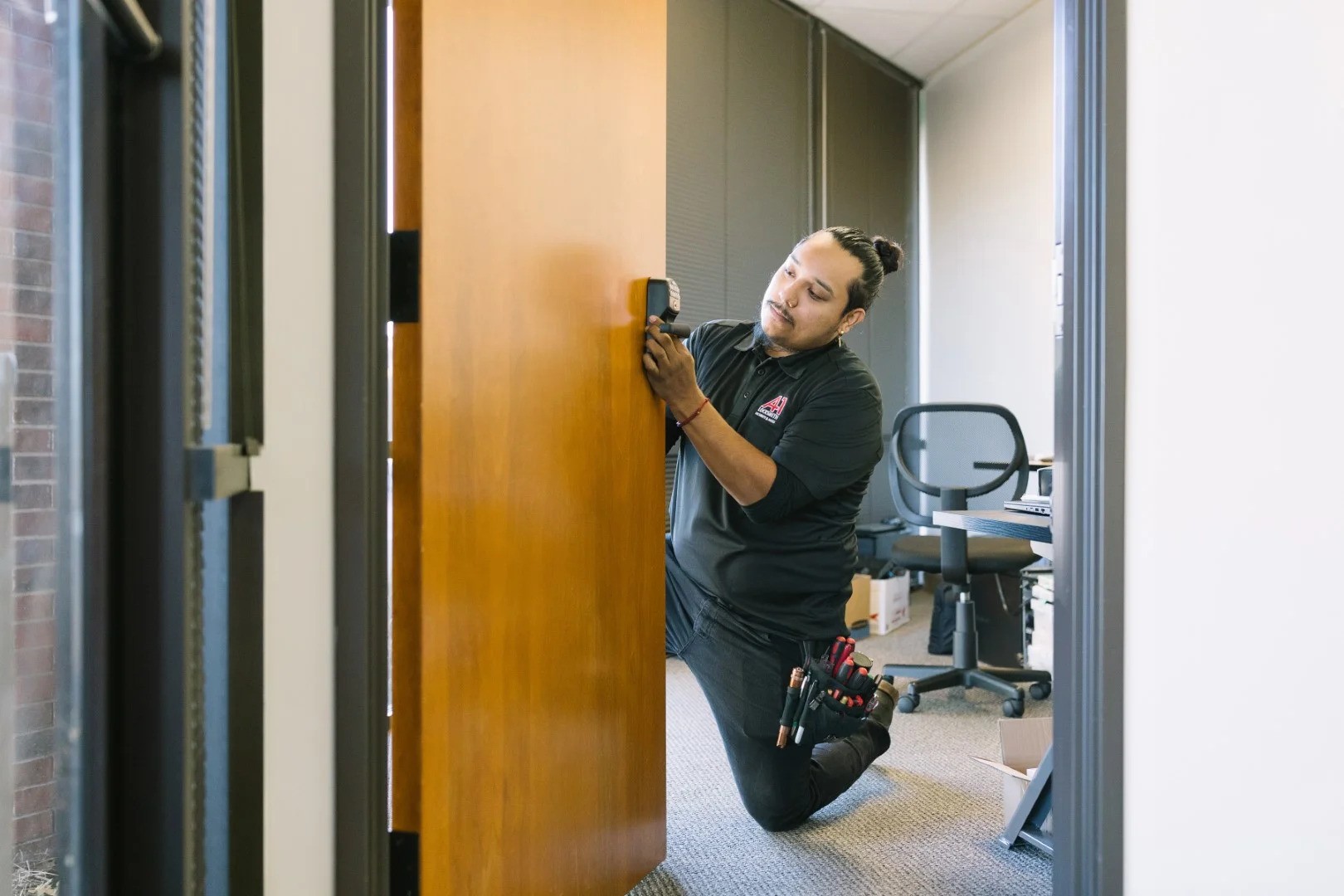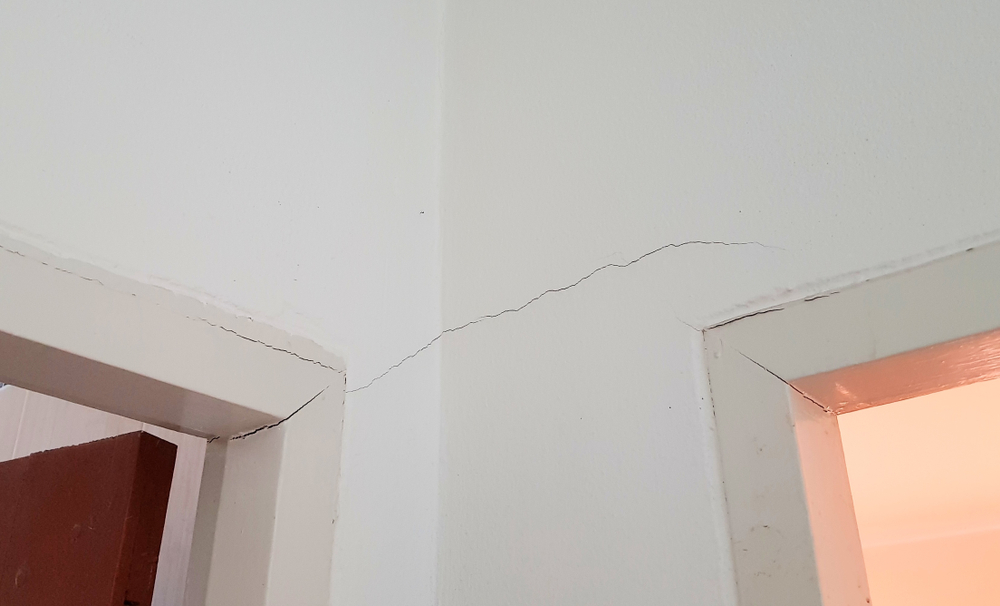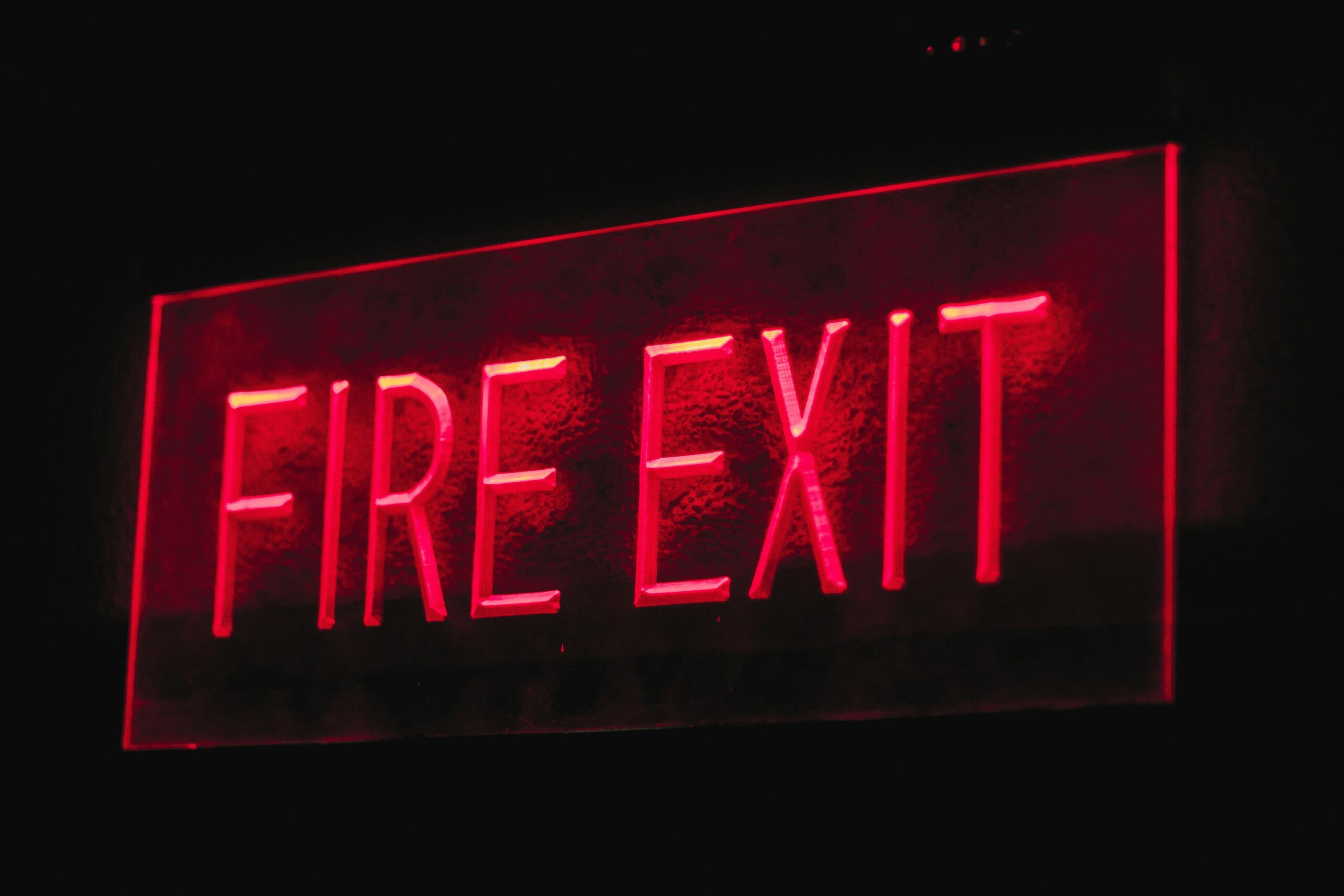Forensic Dallas locksmith are called in when damage to a lock is destructive and covert. This is type of thing leaves evidence that only an expert can find; it looks perfectly fine to an ordinary person. Attempts to conceal evidence from both types of entry methods are usually done through repair or replacement of the affected components. A trained Dallas locksmith can install security features that will help to avoid this situation.
Take a look at the different kinds of evidence that can be left behind:
- Lockpicking~scratches long the pin tumblers, plug walls and actuators are common. It is VERY difficult to pick a lock with traditional tools without leaving ANY scrapes.
- Key Bumping ~Impact marks along the base of the tumblers are present as well as marks on the plug walls and pin chambers. Each type of impact leaves a different tool mark, including a distinction between manual and electric pick guns. With key bumping, distortion to the keyway caused by the shoulder and bow of it may also be present.
- Dallas locksmith Decoding~varied evidence is left by decoding depending on the tools and techniques used. Common pick decoders leave evidence similar to traditional lock picking attacks. Many forms of decoding are also stealthy.
- Impressioning~in copy-based impressioning, trave evidence on the source or duplicate keys may be found, such as wax, clay, or silicon. They made via copy impressioning are generally made of a weak, low-melting point metal, which is also guess. Manipulation based impressioning leaves various shear marks on the components. Pressure responsive techniques also leave various types of trace evidence, such as foil or lead. Excessive torque applied during manipulation based impressioning may also distort various components such as the pin chambers in a pin-tumbler plug.
- Bypass~Traditional attacks against the locking bolt or actuator leave particular tool marks on this pieces. Tool marks on these components are generally suspicious because these workings rarely interact with the key or locking mechanism. Some methods of bypass are sneaky and others, destructive. The specific tools and techniques used will determine the type of forensic evidence left behind.
- Destructive entry~varied evidence is left by the destruction of a lock, safe, door, wall, window, or surrounding areas. Destructive entry is detectable by normal users.
It’s important to remember NOT to enter your home if you suspect that locks have been tampered with; go to a neighbor’s house or wait in your locked car until the police arrive. Do NOT try to investigate the situation yourself. Only the police can determine if a forensic locksmith is needed.
For all of your locksmithing needs, call Dallas Locksmith at (972) 284-7500 for the call center or for Emergency service, call (972) 284-7516. Dallas Locksmith offers competitive pricing and years of experience and is a name you CAN trust.














